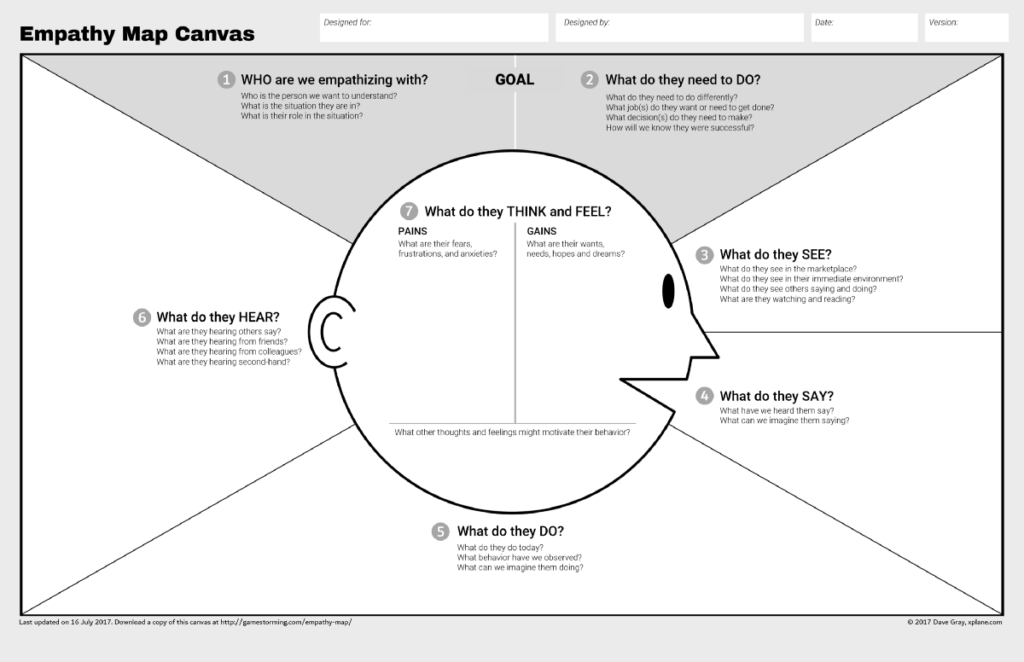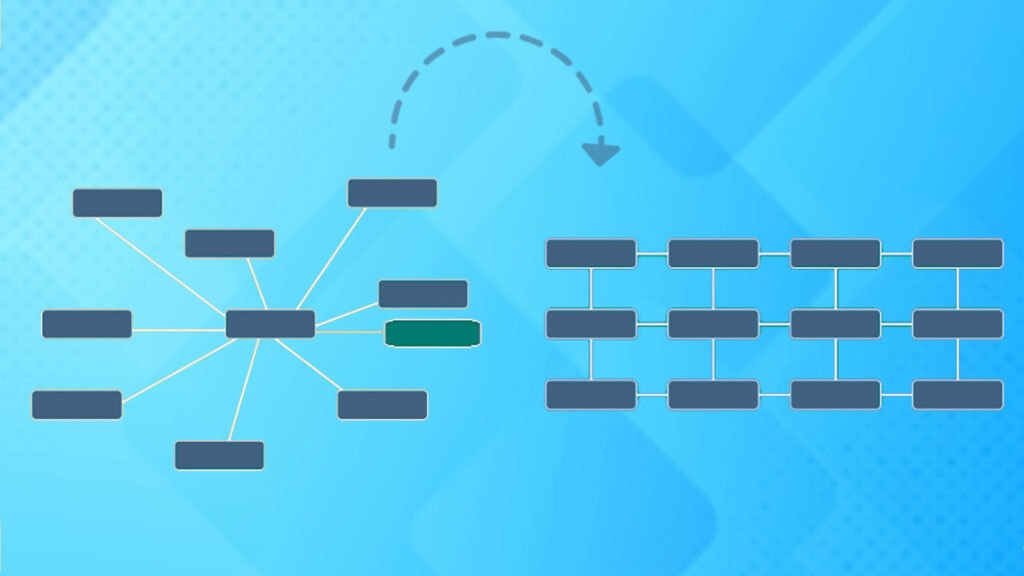Among the few marketing mavens I truly admire is Seth Godin, let’s Consider his own blog. He has a knack for taking complex ideas and distilling them into short, digestible posts that are packed with insight. His posts are never long, but they’re always deep. They make you think. They make you see things from a new perspective. That’s depth.

Why is it important?
Depth engages your readers on an intellectual level. It makes your content more interesting and valuable.
Clarity, meanwhile, engages your readers on an emotional level. When your message is clear and easy to understand, it reduces cognitive load, which makes your readers more likely to feel positive.
Depth and clarity ensure that readers not only comprehend the content but also feel compelled to engage with it on a meaningful level.

How to do it?
1) You need to understand your audience. What do they already know about the topic? What do they need to know? What are their pain points? What language do they use? The better you understand your audience, the better you can tailor your message to their needs.

Credits:
2) You need to structure your content in a way that makes it easy to follow. Use headings, subheadings, bullet points, and other formatting tools to break your content down into manageable chunks. This will make your content easier to digest and help your readers understand your main points.

3) You need to use clear & concise language. Avoid jargon and complex language that might confuse your readers. Instead, use simple, straightforward language that your readers can easily understand.

4) Don’t be afraid to take a stand and be polarizing. As Seth Godin himself has said, “You won’t be doing great work until you can say to people, ‘It’s not for you.'” Not everyone will agree with your point of view, and that’s okay. By taking a stand, you’ll attract the people who do agree with you and who are most likely to engage with your content.

